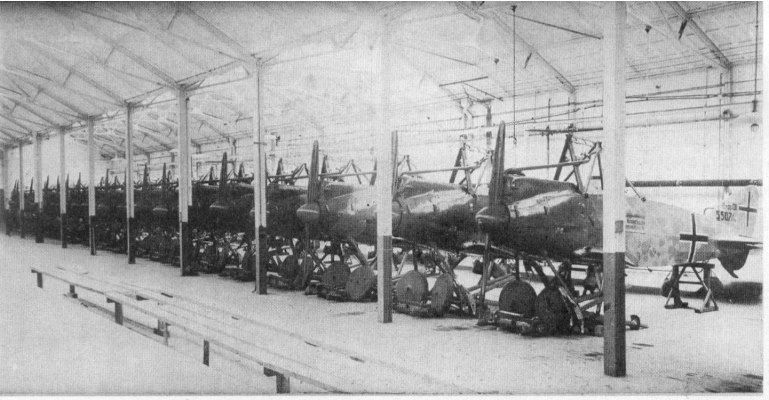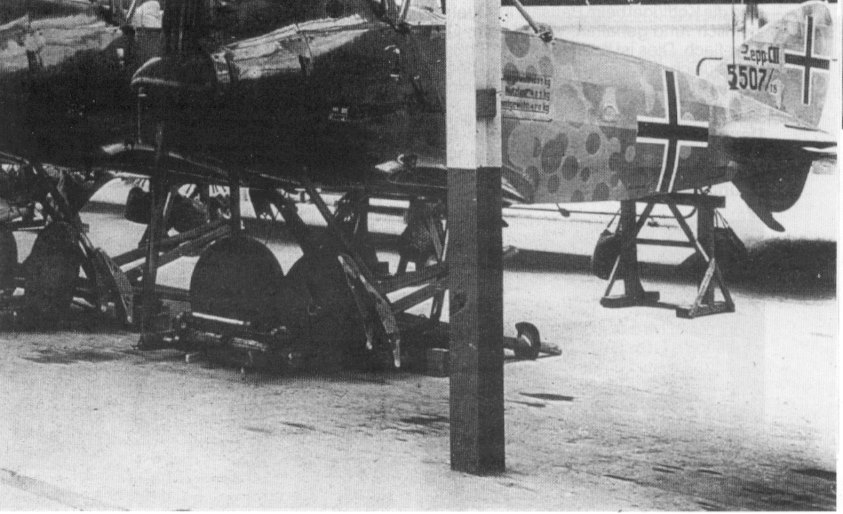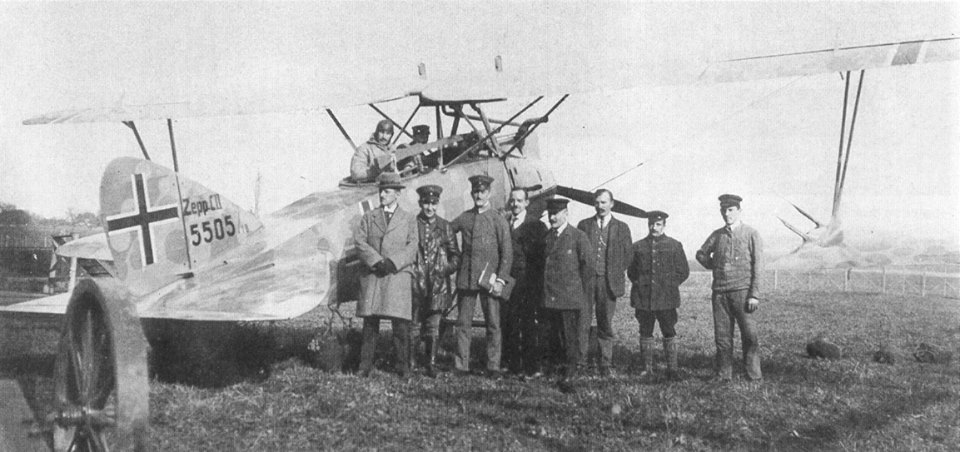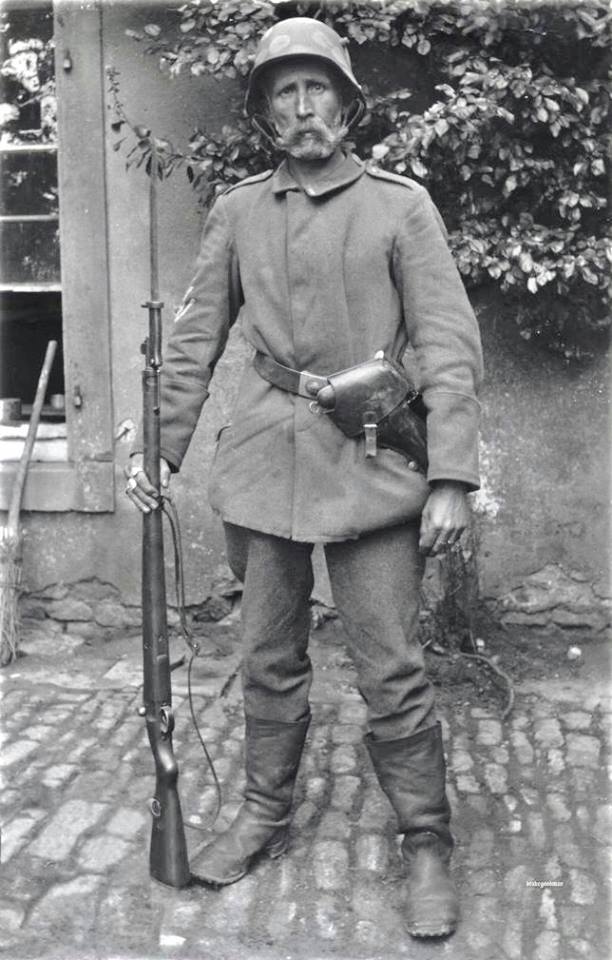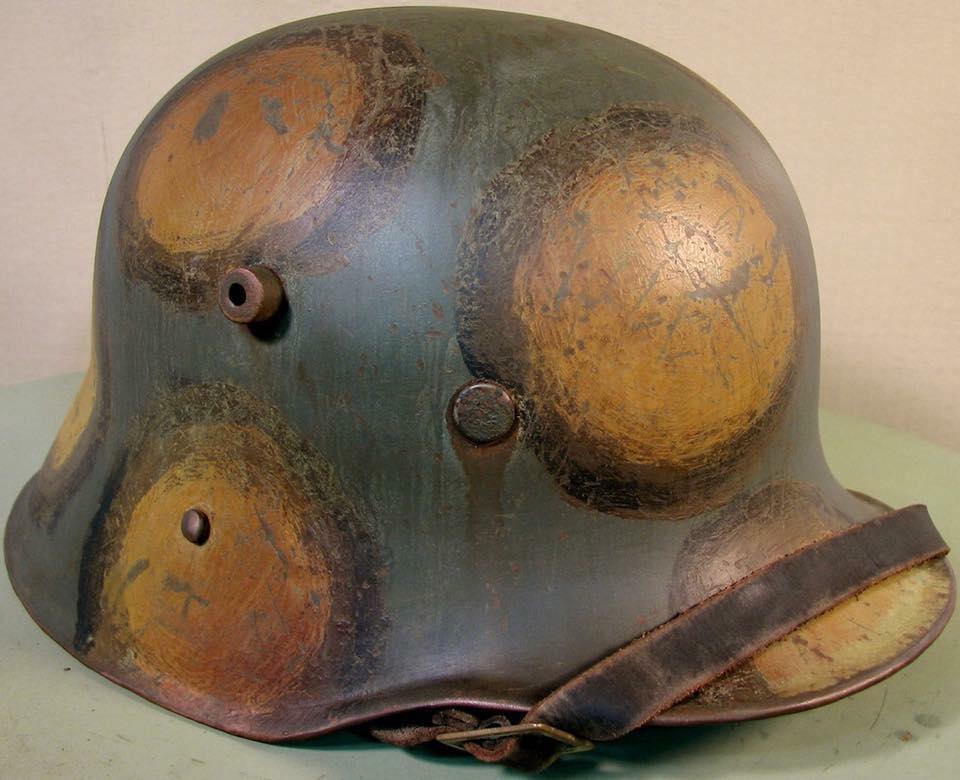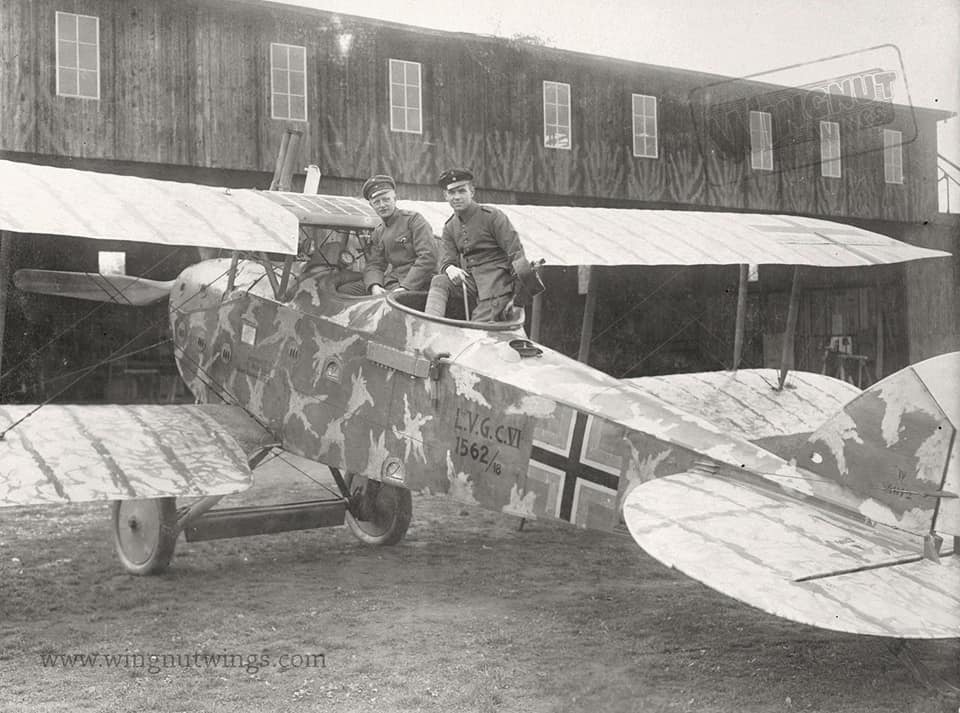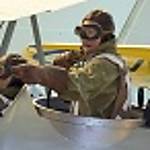Quoted Text
Hi Stephen, Wasn't the Zeppelin C.II a fresh design that came out in late 1917? Your text might be referring to the LVG C.II.. . .
The Zeppelin C.II was that company's licence built "armed" version of the LVG B. But with stronger wings and a V strutter arrangement. They did not like the LVG C.II or could not acquire the licencing rights. ". . . These two two-seaters were designed by Paul Jaray and constructed at the Zeppelin airship factory at Friedrichshafen during the autumn of 1917. Evidently only two C I types were built. These were wooden machines with fabric covering. The C II was virtually the same aircraft, except that the balances on the tail surfaces were dispensed with and now constructed with a metal frame. Six were completed during the winter of 1917-18. Twenty C II types had been completed by the Armistice, and their destruction was ordered by the Allied Control Commission, but their sale to Switzerland was tacitly permitted. They were flown by the Swiss Air Force until 1928 and were well liked by their crews.
Production Engine was supposed to be the 240 h.p. Maybach Mb IV. Span, 120 m. (39 ft. 4 1/2 in.). Length, 7,925 m. (26 ft. 0 in.). Height, 3.585 m. (11 ft. 9 in.). Weights: Empty, 987.5 kg. (2,173 lb.). Loaded, 1,455 kg. (3,201 lb.). Speed ca. 200 km.hr. (125 m.p.h.). Climb to 5.000 m. (16,400 ft.) in 33 min.
Quoted Text
I think Dan San Abbott once called this camouflage the "Wonder Bread Scheme", although "Bubbles" is more common. Whatever, it's a fascinating oddity.
Your source is right, Dan did use that term only because of that bread's wrapper. Most people are unfamiliar with that so "Bubbles" has been a constant reference to researchers on both sides of the pond.
Quoted Text
What colours did you arrive at? If I remember rightly, Dan did suggest some about 10 years or so ago. I've never seen anyone try to reproduce it on a model, but it would be a great project and a real head-turner.
It looks like three or four colors on the Zep. C.II aircraft and using the Methuen grey tones they are comparable to the 4 color lozenge that didn't come out until late winter, early spring 1918. Though it could be similar to the 5 color camouflage that had been out since fall of 1917. Not the crosses on the Zep. C.II types are post July 1918 5 to 4 ratio. As new aircraft that puts them in the middle of 1918.
The only models I have seen this on were German Panzers of WWII and called a summer scheme.

